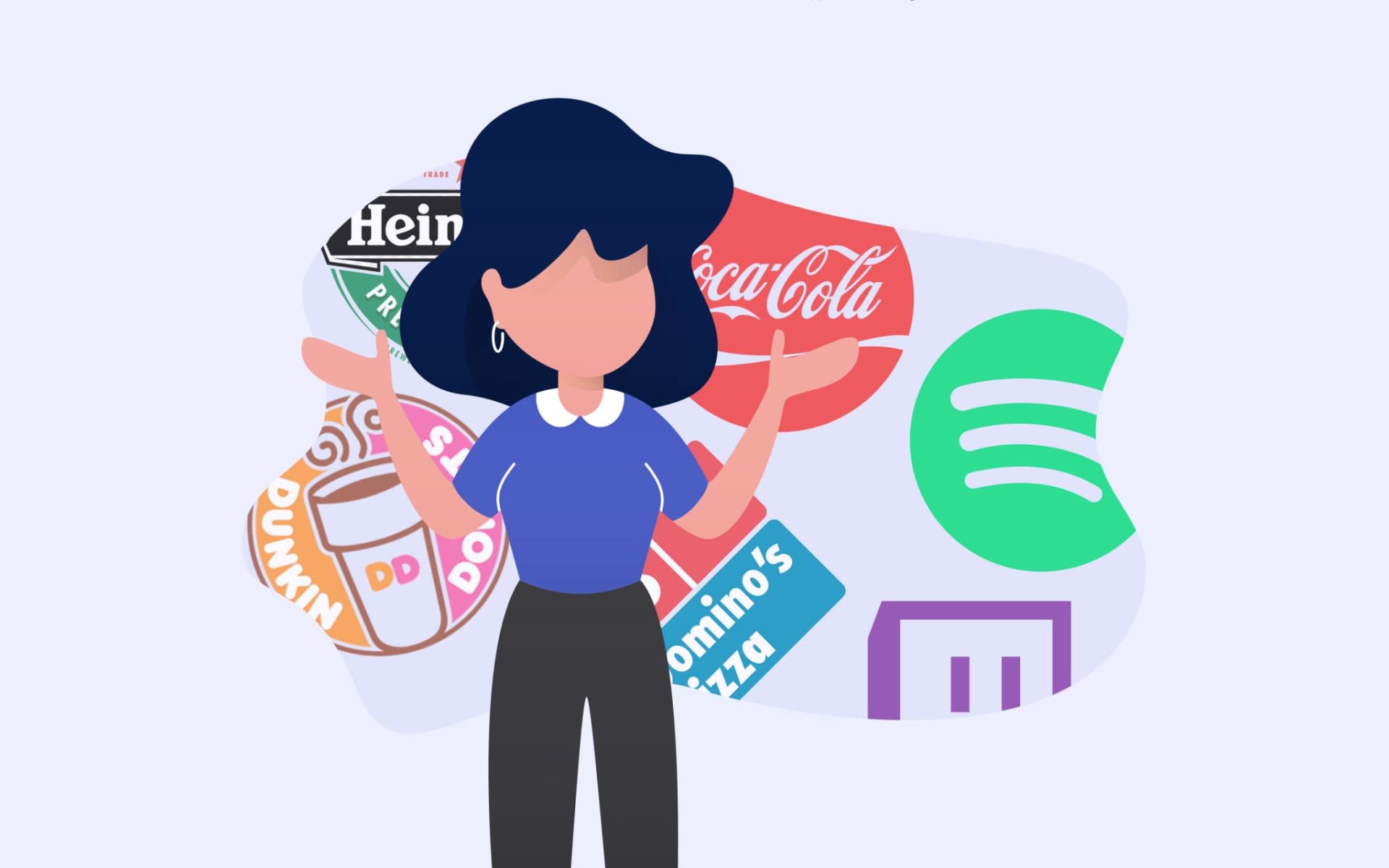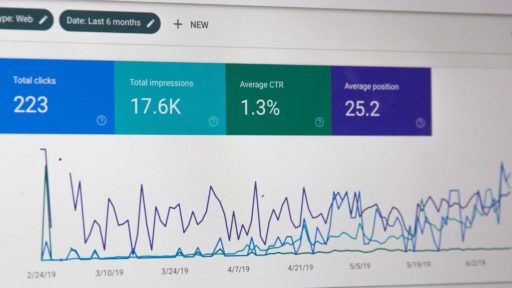Are you a marketer who’s struggling to perfect your campaigns or need help developing a marketing plan? Then here are 11 powerful marketing strategy examples for you to draw inspiration from.
To drive business, you need lead generation. This is why content marketing and SEO are so important.
But this is all easier said than done. In fact, 61% of marketers say their biggest challenge is generating cost-effective traffic to drive potential customers. This is a huge issue, considering without those things, the sales funnel would be empty.
Let’s look at what some of the biggest brands in the world are doing with 11 marketing strategy examples below…
1. Heineken
Heineken is a Dutch beer that’s broken out of the European market to becoming a popular refreshment in many other countries, including the United States.
The reason for their success is their hyperfocus on a specific demographic. If you take a look at all their advertising, you’ll notice that it speaks to one group: millennial males. They’ve also focused heavily on sports sponsorships, which makes sense since that’s a big interest and pastime for millennial males.
Heineken’s managed to make a comeback in this era because they’ve taken a step back and reassessed which demographic is most likely to drink beer. Of course, older women do as well, but they’d certainly lose traction if they tried to spread themselves too thin by marketing to all potential demographics.
By hyper-focusing on just one demographic, Heineken’s hit a home run. This is because they can create messages that highly resonate with the millennial male.
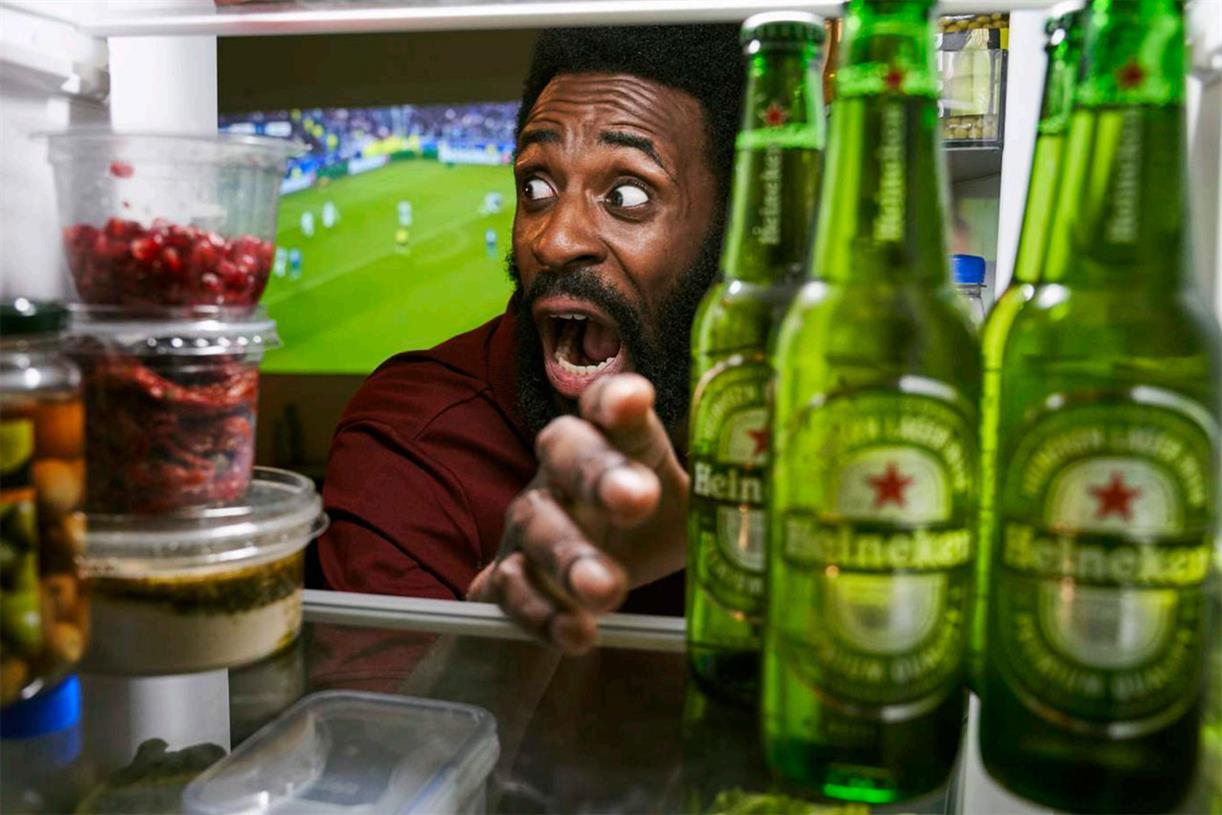
Sometimes, you just need to forget about casting a large net for your marketing strategies. While it gives you a larger pool to work with, if you don’t do well, it can garner you fewer prospects than had you just focused on a specific demographic.
Target your ideal customers and go after them.
2. Nike
If you’ve ever purchased trainers or sneakers, then you’ll know the Nike brand. It’s easily recognisable by its simple checkmark logo and slogan of “just do it.”

What’s made them so successful at marketing is not just the simplicity, but the brand culture that they promote. When you see that checkmark or hear their slogan, you probably conjure up images of athleticism and perseverance. This is because they’ve infused their marketing efforts with their company culture.
They also carefully select who they sponsor and associate their brand with. When you first start out, it may be tempting to partner with anyone who’s willing to do so.
But if you’re not selective, this can end up tainting your brand name. By being selective, you can build up your brand reputation much quicker and have people associate quality with your company.
Build a solid brand and work with quality companies to build your brand awareness.
3. Dunkin Donuts
Dunkin Donuts is a well-known brand not just in the US, but all over the world. Considering many cultures don’t like overly sweet desserts, you may be scratching your head, wondering how Dunkin’s blown up globally across 36 countries.

This is because they understand the need for marketing localisation. They don’t try to push their sugary confections on the cultures that don’t like it. Instead, they adapt their doughnuts to each country to appeal to the locals.
For example, in Korea, they have a grapefruit-flavoured doughnut. And in China, they have a dry-pork and seaweed doughnut. It may not sound appealing to you, but it certainly is to the Chinese population.
If you’re trying to go for global clients, then you need to take a page from Dunkin Donuts. Instead of trying to use a blanket marketing strategy all across the world, you need to consider localising your content and approach. It may take more time and effort, but it’ll all be worth it when you can attract a much larger pool of customers instead of alienating them.
Where possible tailor your product or service to your customer’s cultural preference.
4. Domino’s
Here’s another brand that understood that in order to make profits worldwide, you have to localise your products or services.
While many cultures share a basic love for pizza, there are certainly differing opinions when it comes to toppings. For instance, corn is commonly used as a topping in European and Asian countries, while that may sound disgusting to Americans.
Domino’s understood that each country has foods they’re used to eating, and they catered to that. So in Asia, their pizzas have fish and seafood for toppings. And in India, they have many curry pizza options.

Because they showed that they understood local needs and tastes, international communities welcomed Dominos with open arms.
Adapt your marketing strategy and product to appeal to your customers by geographic location.
5. Spotify
You’ve probably heard of Spotify; they’re a music streaming service that has 217 million monthly users. Considering they came about in a time where they had to compete with the likes of Pandora, Apple Music, and Google Play Music, how did they end up on top of the pile?
Because they offer a new experience for their users. They went a step above their competition and allowed their customers to create playlists in more personalised ways, such as by mood or occasion. This helps their users discover songs they would never have discovered on their own.
In addition, they use artificial intelligence to further personalise the user experience. For instance, the AI analyses the songs users listen to, and then it self-curates a list of related songs the users may be interested in.
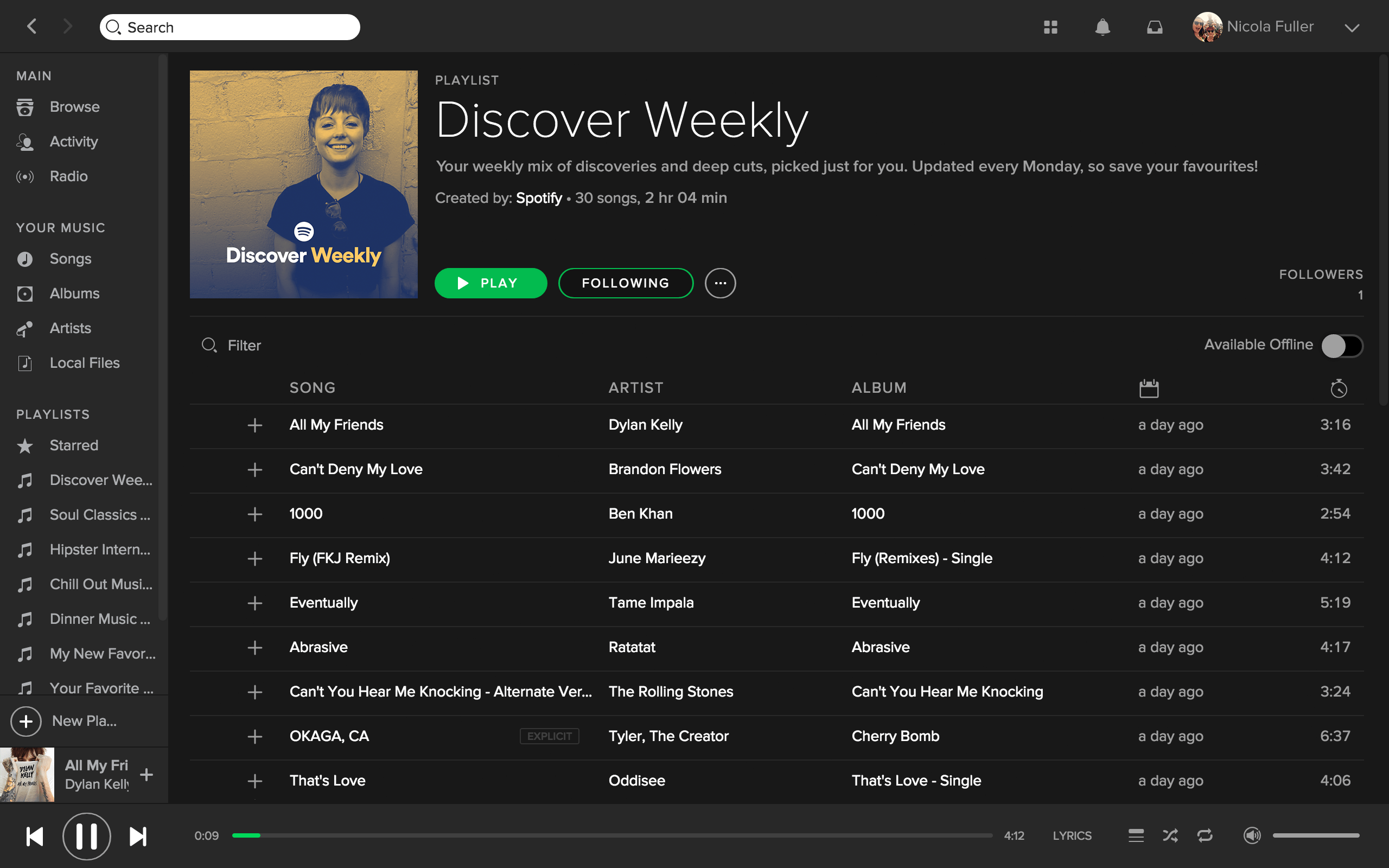
As you can see, personalisation is essential to your marketing strategy. When you can serve up useful and beneficial things to your customers, they’ll have more trust in your brand. A great way to do so is to use AI as Spotify does.
Personalise your marketing efforts to build trust and brand loyalty among existing customers.
6. Taco Bell
Social media is incredibly powerful nowadays. Not only can people keep in touch with their friends and family, but businesses can also use it as a way to stay connected with their customers. So if your company isn’t active on the various social media channels, you need to jump on this straight away, including Facebook, LinkedIn, Twitter, Instagram and those other ones…
Back in 2012, Taco Bell reassessed their branding efforts and decided to really focus on social media, considering most millennials are on these platforms. They put in a commendable amount of effort and spent a tenth of their budget specifically on social media research and testing.
Those efforts have most certainly paid off. The younger generation has a short attention span, which means what’s hot today will be forgotten by tomorrow. If you don’t make efforts to keep up with the ever-changing landscape of social media, you highly risk alienating your target audience.
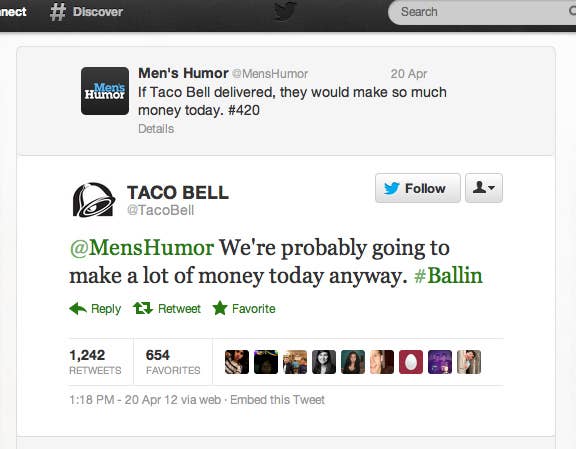
So not only do you have to use social media to your advantage, but you also need to stay on top of things. Otherwise, you may end up hurting your brand.
Consistently update and adapt your social media marketing efforts to stay current in an ever-changing world.
7. Wendy’s
Wendy’s is another excellent example of a brand that has taken social media by storm. Not only are they very active on Twitter, but they’ve also mastered the art of the clapback.

This brand isn’t afraid to take on the world, including both their competitors and users who engage with them. If you take a look at their Twitter activity, it’s filled with sassy retorts, some of which are guaranteed to make your jaw drop. An unusual marketing tactic that has paid off big time. Millions of users worldwide know their brand because of their clever and brazen remarks.
You don’t necessarily have to go the route Wendy’s has with social media. But it’s important that you find a brand voice and stick to it. For example, if Wendy’s was sassy on social media but had a professional tone on their Facebook account, this would create a disjointed message to users when it comes to branding.
Distinguish your brand voice and stick to it. Try pushing the envelope if you think your following will react well to it, and think outside the box.
8. Red Bull

Red Bull is an energy drink giant that people all over the world know about. Most people would swear it’s a brand from the US. But did you know it’s actually Austrian?
This brand has carefully designed its packaging so it’s more appealing to a global market.
Red Bull is world-renowned because they’re involved with so many sporting events. For example, they’re the hosts of the Red Bull Air Race and sponsors of Formula one teams.
In addition, they’re known for sponsoring Felix Baumgartner’s jump from space. That was a truly spectacular marketing event that’s definitely paid off in the long run, as they’re the only brand that’s done something to that extreme.
So if you want to stand out in the crowd, think outside of the box to pair your brand with a relevant and/or memorable person or event.
9. GoPro
Of course, nailing your content marketing strategy is important. You’ll use these pieces to attract prospects and generate leads, after all.
But another important aspect of marketing is promoting user-generated content. Not only does this encourage engagement between your brand and customers, but it’s essentially free advertising as well. This type of content is authentic and is shared by both the creators and viewers.
For instance, take GoPro. The very nature of their business enables their customers to easily make amazing videos and share it across various platforms. In addition, they’re continually working to make it simple for users to create and edit content, which facilitates more GoPro videos being published online.

This has created very strong branding and users know they can trust in the GoPro name since the name is associated with high-quality content and ease of access for content creation.
If you can, utilise user-generated content in your overall marketing strategy.
10. Twitch
Twitch is another brand that highly encourages user-generated content, but in a completely different way to GoPro. Instead of active athletes and adventurers, their demographic is at-home gamers.
Twitch is relatively new on the scene when compared to other streaming platforms, but they’ve been so successful thus far because they follow a similar marketing strategy to GoPro. They’ve created an easy-to-use platform where gamers can stream their gameplay with ease. And others can watch and interact with these streams easily.

The smooth user experience on Twitch has caused the platform to explode in popularity. In addition, they’ve provided gamers with a resource where people can teach and learn from one another, which makes it highly valuable.
Twitch also encourages people to engage with one another and to share any content that’s interesting. Considering the gaming community is highly visual, the fact that streaming is made so easy to do greatly helps in their marketing strategy.
It goes to show that if you build it, they will come. This is provided that you make the experience as fluid as possible for users.
Build thoughtful UX and provide opportunities for community growth for your customers.
11. Coca-Cola
Everyone’s heard of Coca-Cola. So surely they don’t need to market their product anymore, considering their soda is so popular across the world.
But they’re still keeping up with marketing. This goes to show that no matter how successful your business gets, marketing is something that you should never drop.
Coca-Cola has kept up their brand reputation by showing consumers they care about communities in need. For example, they’ve sponsored Ramadan meals for kids in the Middle East.
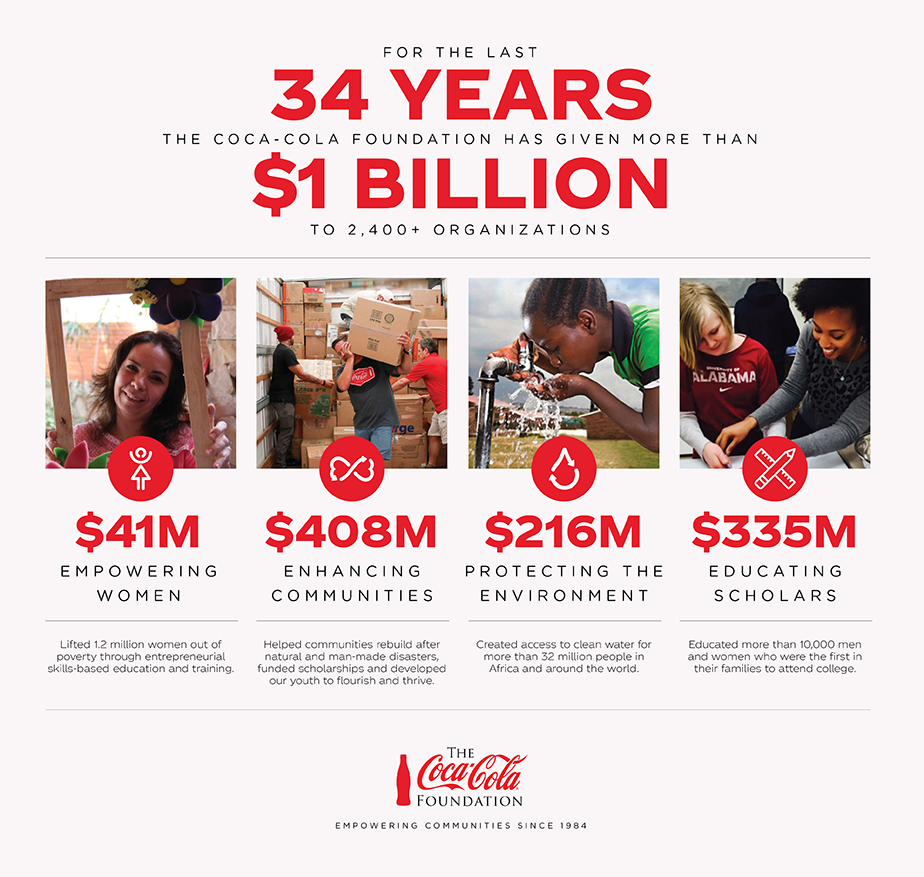
This is in line with its brand slogan, which has admittedly changed throughout the years. But the general idea is providing happiness, and they’re achieving this through both their product and efforts in local communities.
If you have the funds for it, consider donating and/or helping out with your city’s charities. Not only can this build brand awareness, but it can also build trust.
Support local communities, sponsor charities and generally do good out there.
Use These Powerful Marketing Strategy Examples to Improve Your Own Campaigns
With these marketing strategy examples, you now have a good idea of what to do to get your prospects interested in your brand and your existing fans spreading the good word of your company!
Considering most consumers have ad blindness nowadays, it’s important that you get creative and shape your campaigns to be as personalised and relevant as possible.
While creativity is certainly a huge plus point when it comes to hooking user interest, never lose sight of what’s most important: addressing your customers’ needs. If you can focus on alleviating their pain points, then they’ll come flocking to you. Just make sure you create marketing campaigns that’ll be seen; otherwise, all that effort will have been for nothing.
What are some of your favourite or most memorable big brand marketing campaigns? Share them in the comments or tag us on social media to join the discussion!
